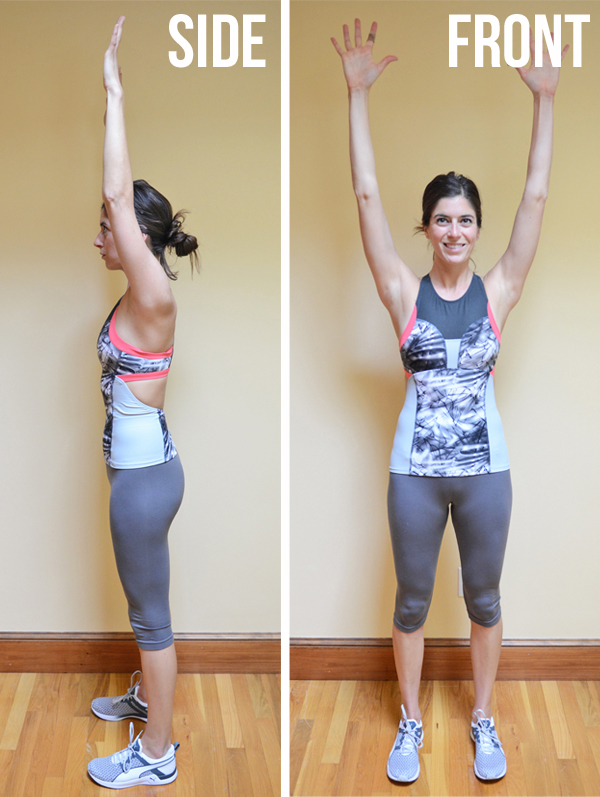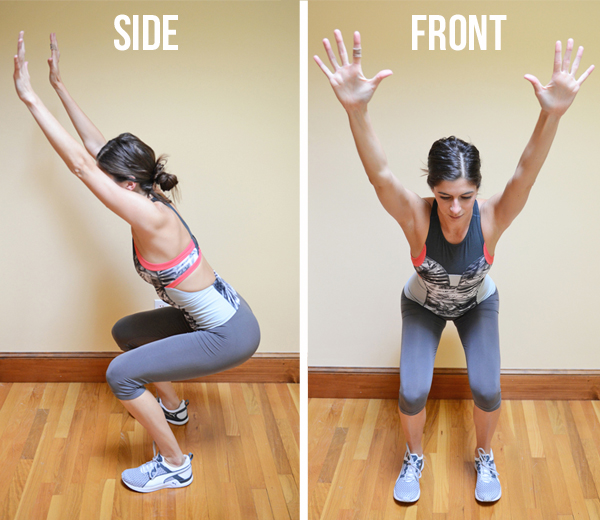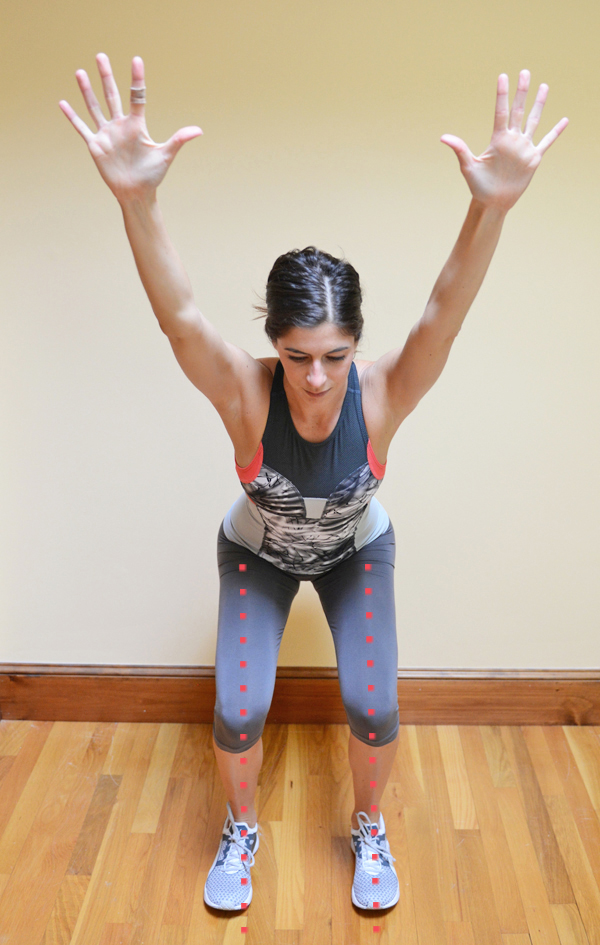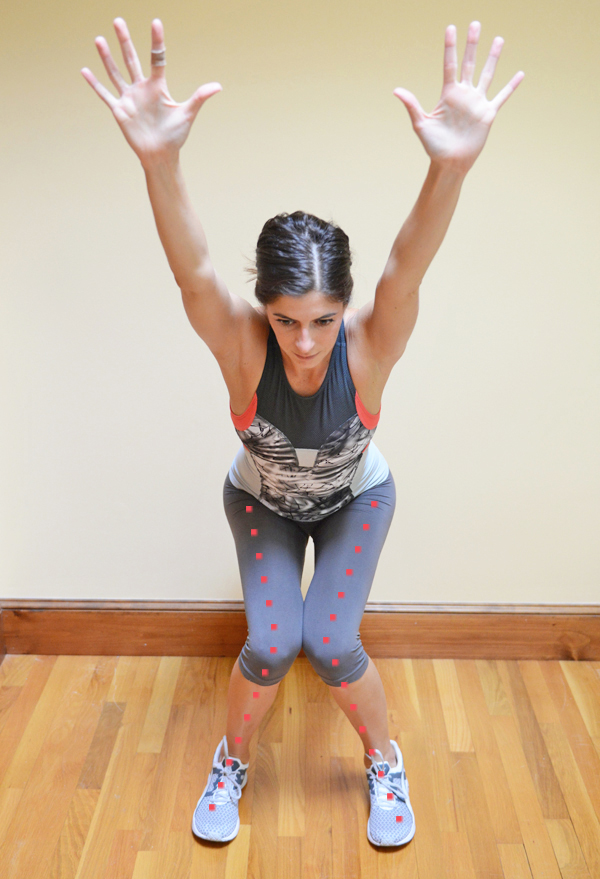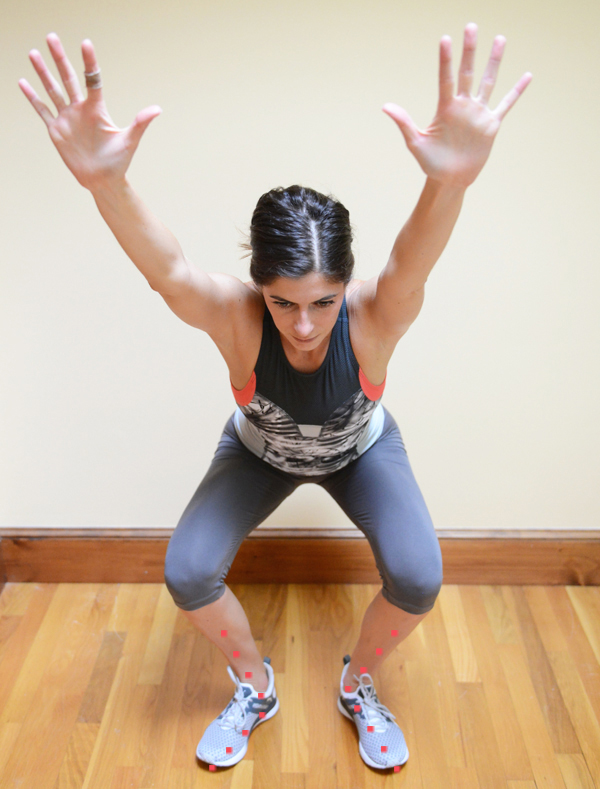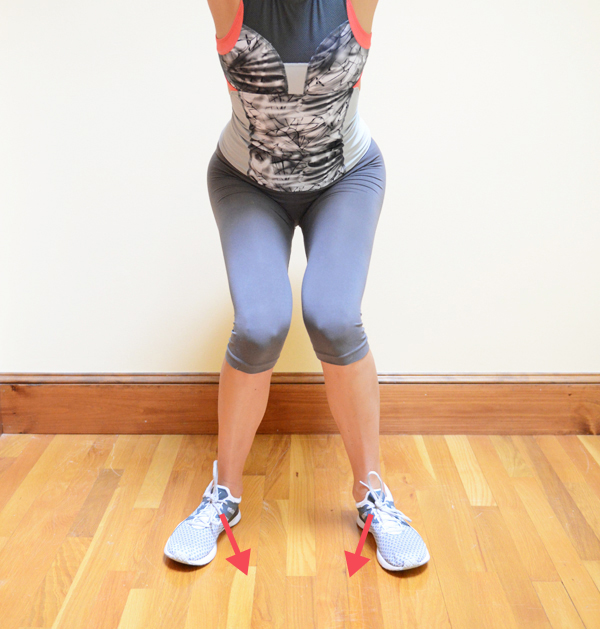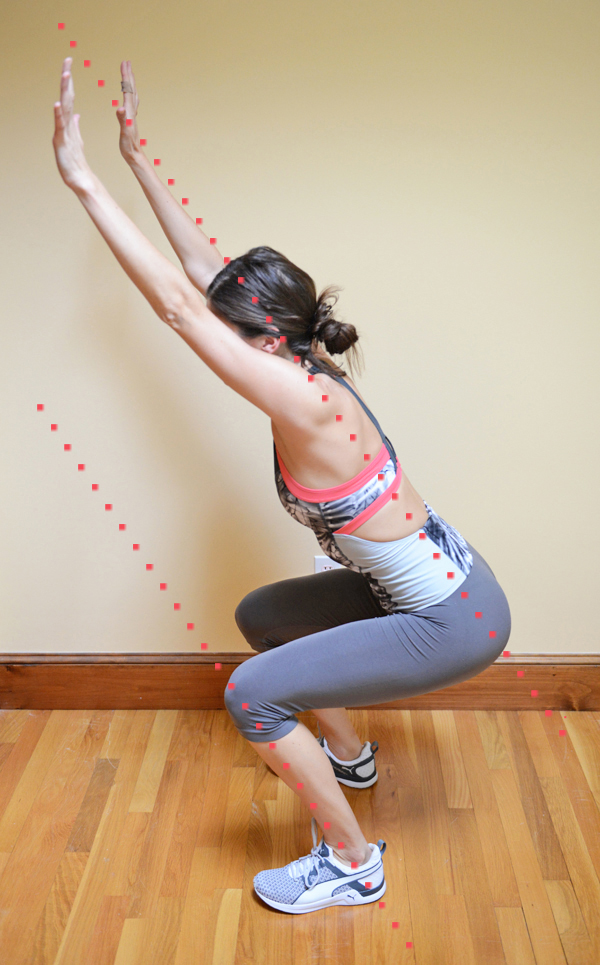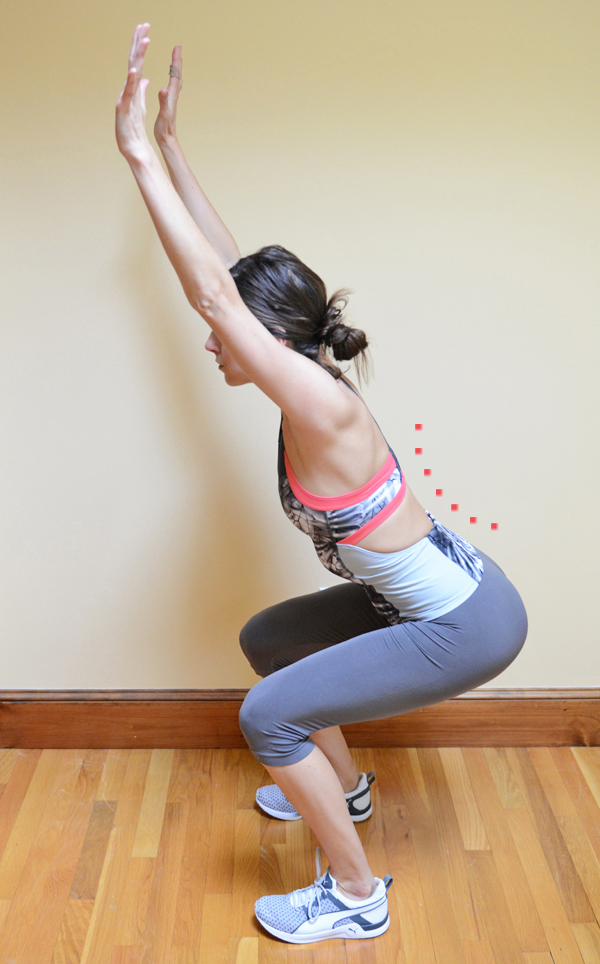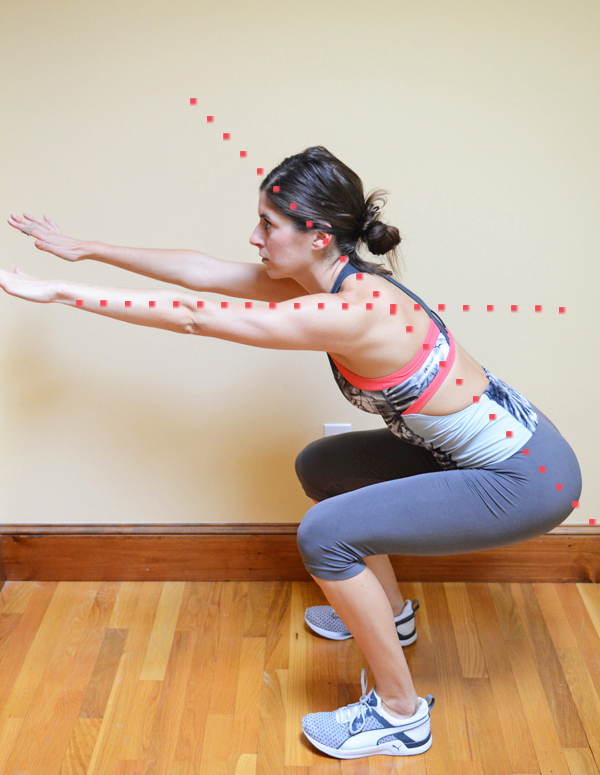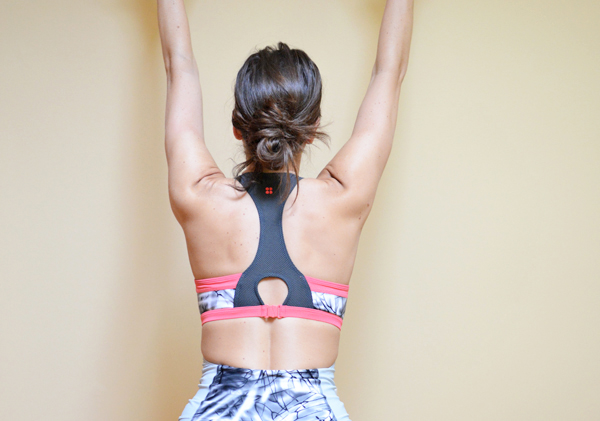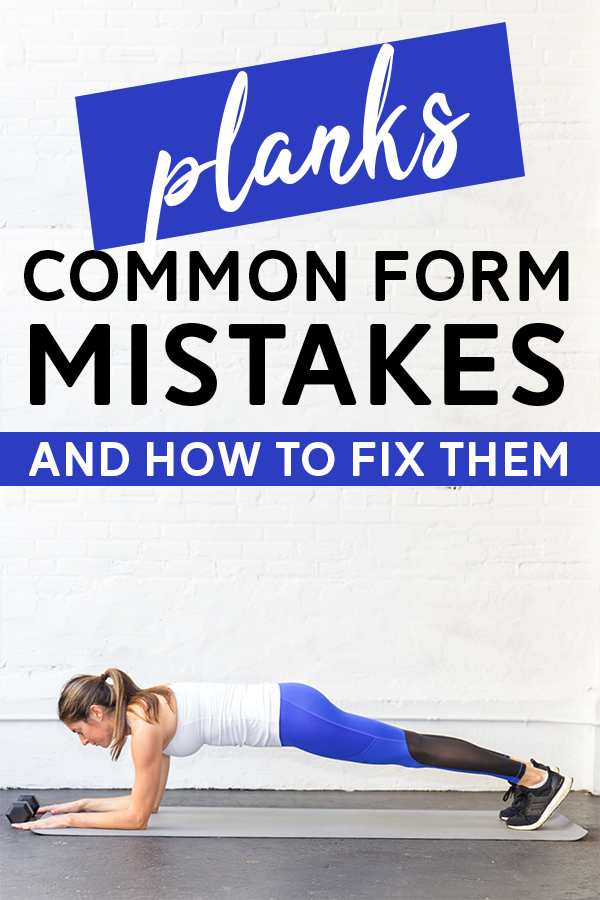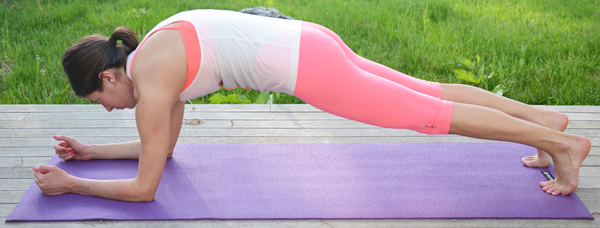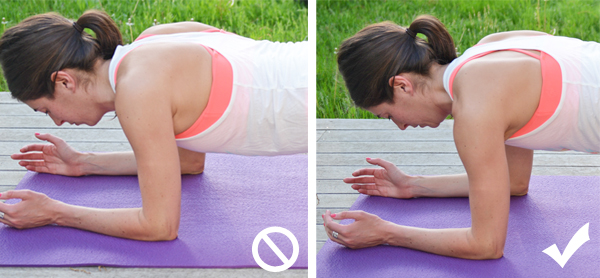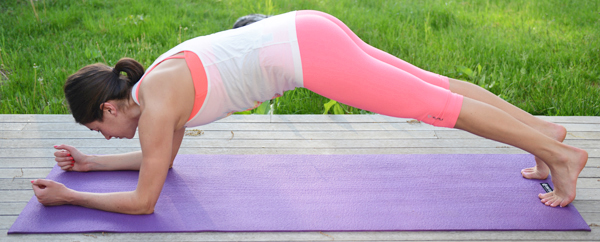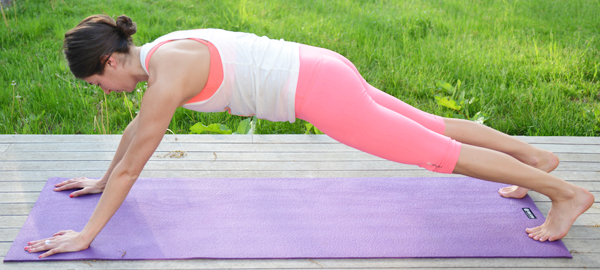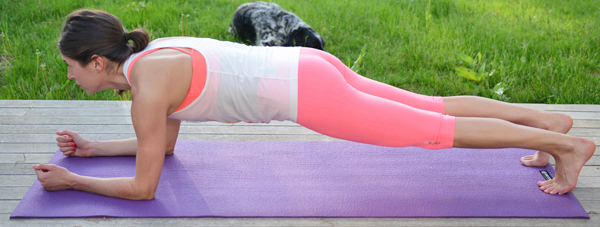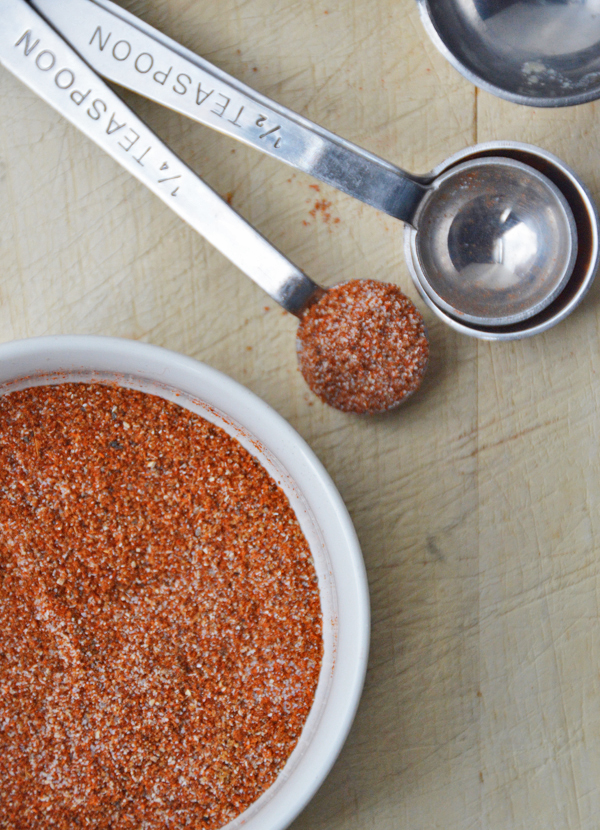 Just popping in quickly today to share this “recipe” for a Mexican spice combo perfect for seasoning tacos, fajitas, etc. I mentioned in my meal prep post last week that I forgot to pick up a packet of taco seasoning for the chicken I was going to make in my crockpot so I whipped up my own. Obviously buying the mixture is way easier, but if you’re ever in a pinch, just combine the spices you already have in your pantry!
Just popping in quickly today to share this “recipe” for a Mexican spice combo perfect for seasoning tacos, fajitas, etc. I mentioned in my meal prep post last week that I forgot to pick up a packet of taco seasoning for the chicken I was going to make in my crockpot so I whipped up my own. Obviously buying the mixture is way easier, but if you’re ever in a pinch, just combine the spices you already have in your pantry!
Pin now, make it next time you space out at the grocery store. 😉 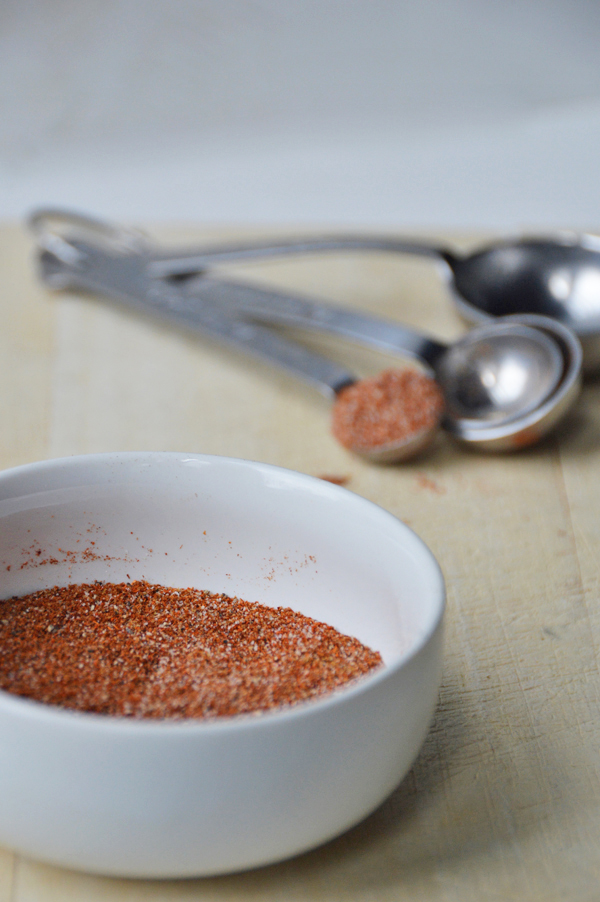
[amd-zlrecipe-recipe:59]
Enjoy your Sunday! I’m subbing at BURN this morning if any of you Bostonians want to sign up last-minute for a class! 🙂


